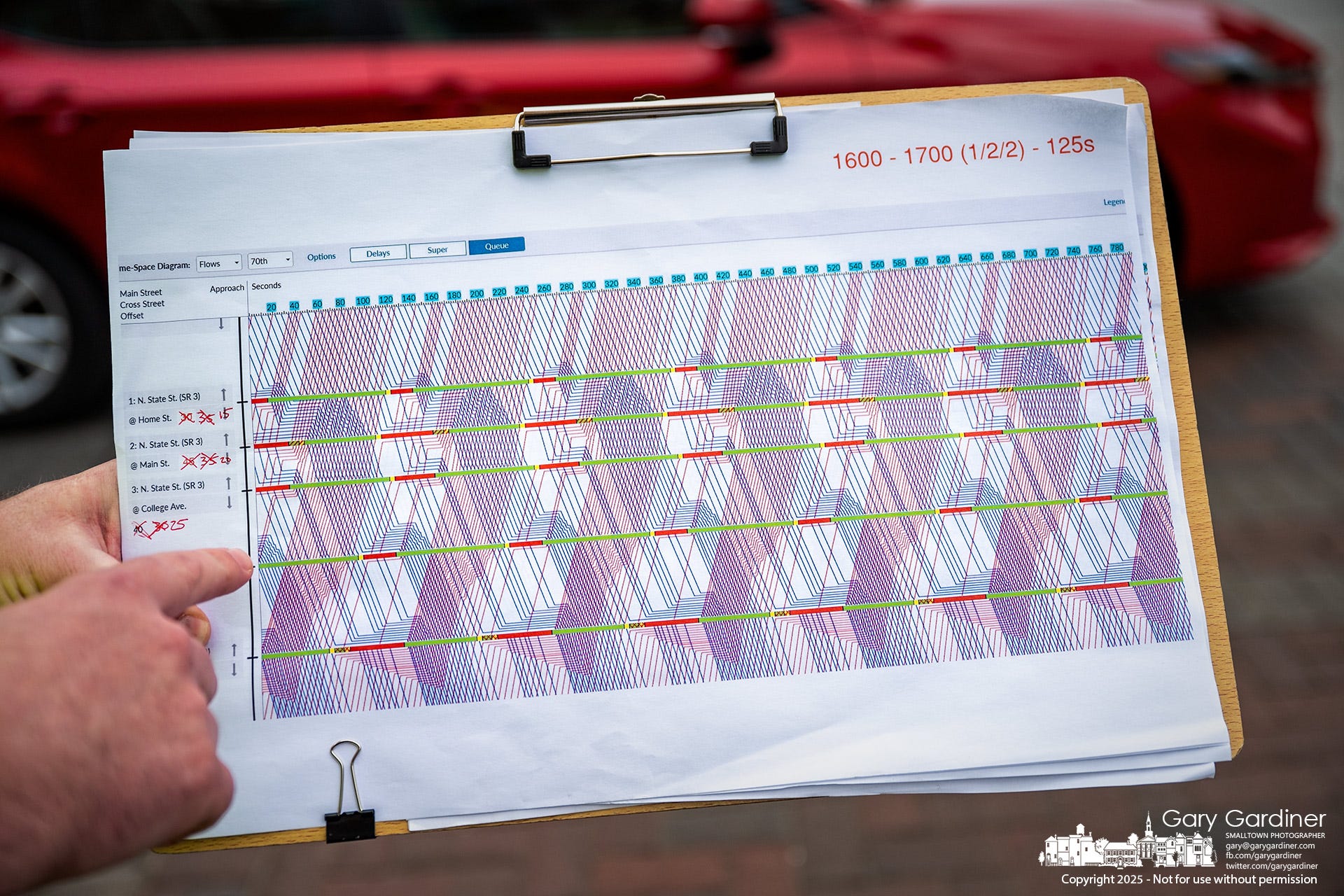Uptown Traffic Gets New Signal Timing
Engineers Fine-Tune Uptown Signals to Balance Traffic Flow and Safety
Drivers and pedestrians passing through Uptown on Wednesday might have noticed engineers in bright yellow shirts standing on benches, leaning into the street, and staring into the distance. They were observing…
Keep reading with a 7-day free trial
Subscribe to The Westerville News to keep reading this post and get 7 days of free access to the full post archives.


